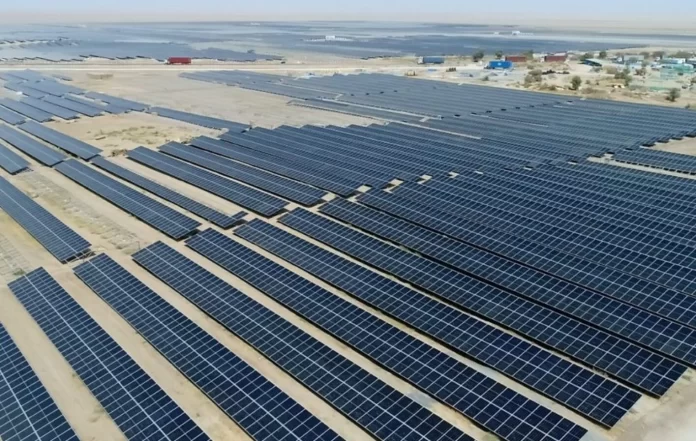According to research by Ember, the Centre for Research on Energy and Clean Air (CREA), and the Institute of Energy Economics and Financial Analysis, seven significant Asian nations saved around US$34 billion in fossil fuel expenses in the first half of 2022 by generating electricity from the sun (IEEFA).
China, India, Japan, South Korea, Vietnam, the Philippines, and Thailand all benefited from solar energy’s ability to offset the expenses associated with growing fossil fuel prices. The survey also revealed a general upward trend in solar installations throughout the continent, as five of the 10 nations with the highest solar capacity installations are Asian.
The majority of the $34 billion savings occurred in China, when coal and gas imports totaling around US$21 billion were averted. In H1 2022, solar energy satisfied 5% of China’s electricity consumption. China added 52.6GW of grid-connected solar capacity over the first three quarters of the year, according to a summary of Chinese policy initiatives published in PV Tech Premium last month.
Japan and India had the second- and third-highest impacts, avoiding US$5.6 billion and US$4.2 billion, respectively. Separate analysis conducted by Ember in September suggested that the solar industries of the two major Asian economies will have “exponential growth” for the remainder of the decade.
Vietnam avoided fossil fuel prices totaling US$1.7 billion. In 2018, the country’s solar generation was minimal, near to 0TWh per year; by 2022, about 14TWh of solar energy will provide 11% of Vietnam’s energy consumption. Due to grid connection challenges, the Vietnamese government said in February that its original solar growth goals were “over ambitious.”
In Thailand and the Philippines, where solar energy accounted for only 2% and 1% of power, development was slower but still noteworthy. They still avoided more than $100 million in fossil fuel expenses.
South Korea utilised solar energy to generate 5% of its electricity and saved $1.5 billion.
“Asia has demonstrated that quick solar deployment is feasible,” stated Asia electrical expert at Ember, Achmed Shahram Edianto. “As the costs of solar and storage continue to decline and the potential cost reductions have begun to materialise, solar supremacy in Asia appears to arrive considerably sooner than originally anticipated.”
According to the IEEFA, “achieving these objectives would need grid stabilisation, new regulatory reforms to unleash investments, and private sector partnership.” Wood Mackenzie recently issued an article by a key analyst stating that corporate PPAs in the Asia-Pacific area have reached all-time highs.
IEEFA South Asia Director Vibhuti Garg stated, “Over the past few months, reliance on imports of coal and gas has shown to be costly and unpredictable.” For energy security and economic reasons, it makes sense for India and the rest of Asia to refocus investments towards the development of an ecosystem for renewable energy.





